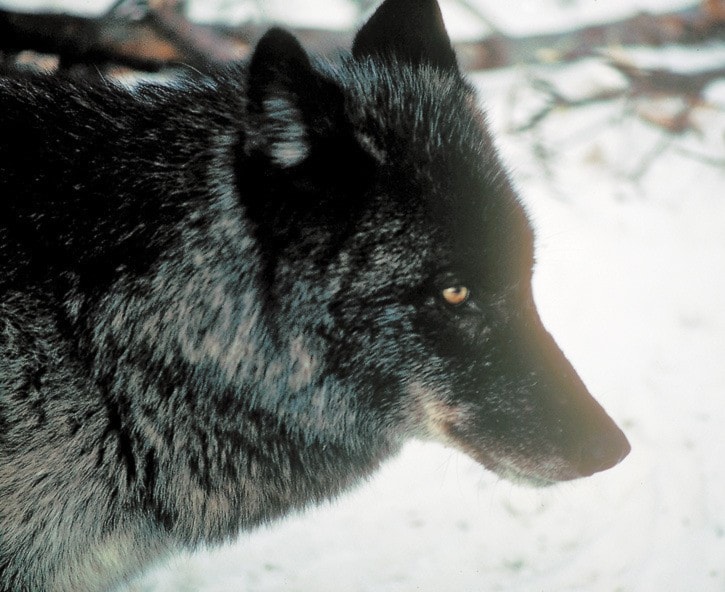Think Klondike, and you might think of the 100,000 prospectors who crowded into the Yukon in the late 1890s with their minds full of gold.
But the Klondike gold rush trickled out in just three years.
After 1901, the white settlers who stayed in the north had much more pressing hunt in mind—wolves.
In his book Wolves of the Yukon, biologist Bob Hayes looks at how wolves came to beat out even the Klondike gold rush in shaping politics and economics in the Yukon.
"They were a huge competitor. They always have been and always will be," he said.
Hayes was the Yukon's wolf biologist for 20 years. In the 1990s, he pioneered the first non-lethal way to control wolf populations.
"The standard, knee-jerk reaction is to kill them," he said.
For a long time, he added, just about all that the Yukon territory's game branch did was trap, poison or shoot wolves to protect the local moose hunt.
"I think it nicely evolved into more ecological considerations," he said.
In 1992, Hayes led a team that did tubal ligations and vasectomies on wolves that were trying to re-colonize areas where they threatened local moose.
"All of that research showed that treated wolves behaved exactly like other pairs," he said.
Alaskan biologists tried treating wolves in an area on the Yukon and Alaska border to see what effect it might have on caribou.
In five years, the herd grew from 20,000, where it had been for 25 years, to 45,000.
Although treating wolves that way has has not caught on, Hayes said that the alternative—trapping wolves in selected area—is working.
"It's actually a relatively good idea," he said. "It brings people onto the land and involves people rather than government killing wolves from an aircraft."
The sub-Arctic mountains of the Yukon are almost unchanged from what they looked like some 20,000 years ago, Hayes said.
And the number of wolves living in that habitat likely about the same, he said.
"Wolves actually benefit greatly from mountains," he said.
Wolves in the Yukon have no trouble climbing over steep ridges, he said, while moose and other prey tend to get trapped in long valleys during their winter range.
Today, he said, there are 30,000 people and about 5,000 wolves in the Yukon—the highest density of wolves to people anywhere in the world.
After years of writing for science journals, Hayes said he was glad to write a book for a general audience.
"It's very accessible—it's not a book written for scientists," he said. Thematic stories lead every chapter, including some drawn from the Jack London adventure stories that inspired Hayes to become a biologist.
"Really, I've had a plan to do something with wildlife since Grade 6," he said.
Hayes will present a slideshow and talk about Wolves of the Yukon at the Houston Public Library on Nov. 10 at 7 p.m., and will follow-up with stops in Granisle and Burns Lake at 1 p.m. and 7 p.m. on Nov. 14.
